Description
Hope for the Holidays
Our country owes a huge debt to the men and women in the Armed Forces. Being away from home and family is especially challenging for deployed service members, and at Christmas time, it is even more difficult. To help support these troops, the USO (United Service Operations) was founded in 1941 after the attack on Pearl Harbor and when the U.S. joined World War II. This is the story of one man who partnered with the USO to bring hope for the holidays to the troops for over 50 years.
Born to British parents in England in 1903, Leslie Townes Hope was the fifth of seven children. The family emigrated to Ohio in 1908. Growing up, he learned to sing, dance, and do impersonations. He dropped out of school at the age of 16, working different part-time jobs. For a short time, he was a boxer, going by the name of “Packy East.” Later, he officially changed his name to “Lester Hope,” and he worked as a variety stage entertainer in Vaudeville and then on Broadway. Finally, after he had achieved considerable success on the stage, he began using the name that the world would come to know as – Bob Hope – one of the most popular comedians and entertainers of his time.
In the mid-1930’s, he embraced entertaining on the radio, and launched the popular, long-running The Bob Hope Show. Then in 1938, he made his first of over 50 full-length feature films, in which he sang the song which would become his signature tune – “Thanks for the Memory.” Bob Hope became famous and Americans adored him.
When the United States joined their allies in World War II, Bob Hope tried to enlist in the military, but was told he could make a greater impact as an entertainer. He joined with the USO in performing for troops at home and overseas. His first show for a soldier audience was in 1941 in California, and he later said, “I looked at them, they laughed at me, and it was love at first sight.”
During that war, Hope performed USO shows not only in the United States, but also in Europe and the South Pacific. In fact, in 1944 alone, he traveled 30,000 miles, going between islands in the South Pacific, putting on more than 150 shows for the troops. He traveled overseas six times, logging more than a million miles during WWII. Bob Hope was often in dangerous areas. The groups of GIs he put on shows for made him a first-rate military target, and even the Nazis tried to track his shows in Europe. They bombed three different towns while he was the entertainer there!
World War II ended, but his commitment to the USO did not. He continued to do shows and visit Veterans hospitals. In December 1948, Bob Hope, and other performers, traveled to Berlin, Germany to entertain the forces helping in the Berlin Airlift. This was his first Christmas tour to entertain troops and the beginning of a tradition each December that lasted until 1990.
In 1964, Bob Hope and company made the first of nine USO trips to Vietnam. He made annual holiday trips there through 1972. The main purpose of his Christmas shows in Vietnam was to show support for the troops and raise their morale. On each trip, he brought along singers, dancers, comedians, and a band. His troupe included major celebrities and stars of the day. There was often danger involved in their visits. While performing in Saigon in 1967, the Viet Cong initiated a terrorist attack against him and his group at their hotel – missing them by 10 minutes. It was not unusual for the enemy to fire on or attack a base shortly after a show ended.
For many service members, watching a live Bob Hope USO Christmas show was the highlight of the deployment. Bob Hope once said, “If you can get a joke to penetrate a helmet, or a bulletproof vest, and the punchline to stay in somebody’s mind…make them laugh, and forget about their predicament, even for a few seconds, to me it’s a good achievement for a comedian.”
At the end of each performance on the 1964 Vietnam tour, a chaplain would offer a prayer and then Anita Bryant ended the show by singing the first verse of “Silent Night.” The troops and performers were then asked to join in on the second verse. Bob Hope was mindful of the men who could not attend the live performances. Veteran Donald Scott told of working as an aerial port duty officer during the show. That evening, Hope’s plane took off to the next destination. The soldiers called his plane and were able to speak to Bob. Scott recalled, “He summoned Anita Bryant to the microphone, and she sang ‘Silent Night’ [to them] as they flew through the dark, black skies of Vietnam. I will never forget this act of kindness for a small group of about five guys who could not attend the big show.”
Letters which soldiers wrote home showed how much they valued seeing the performances. Pfc. Christopher Ammons wrote the following: “I couldn’t really believe it. There was Bob Hope right in front of me cracking jokes…at the end of the show we all sang Silent Night with the stars [performers].” He also hoped that the television cameras would include his image so his family could see him on the annual NBC specials which were broadcast later in the United States.
A Navy Seabee, Russell Hohl, told how he and two other GIs worked extra hard for two weeks so they could take a full day off for the show. They got to the site early and had close spots, about 20 feet from the stage. After sitting there all day, he wrote that “several MPs [military policemen] showed up with a bunch of officers and forced them to move so the officers could take their prime spots.” In spite of having to move to less desirable seating, Hohl said the show was the “high point of my two tours in Vietnam.” Bob Hope would not have approved of replacing enlisted men with officers, preferring that the seats closest to the stage be given to enlisted troops, straight from the field, and hospital patients who were able to attend.
Seabee Ron Ronning saw Hope’s final USO show of the Vietnam War. He said, “He brought such enthusiasm, brought your life back to you. You felt like you were renewed. That was one of the biggest thrills of my life.”
A generation after the Vietnam War, Bob Hope’s final USO Christmas Shows were held for troops deployed to Operation Desert Shield and Operation Desert Storm. Again, these service men and women said that seeing Bob Hope in person was the highlight of their tour of duty. One veteran, John R. Rogers recalled that his whole unit was invited to the unexpected show. He said, “Most of us had fathers and/or grandfathers who saw the Bob Hope show during war-time and we felt that we now shared something special with them…It made my Christmas.”
Bob Hope traveled to more war zones than even some of the highest-ranking military leaders of all time, bringing a piece of home and hope to the front lines for over 50 years. He headlined 57 USO tours, performing on military bases around the world, in war zones near the front lines, and on ships at sea. He never served in the Armed Forces of the United States himself. In 1997, a Joint Resolution of Congress named Leslie Townes (Bob) Hope the “first and only honorary veteran of the U.S. Armed Forces.” After receiving this, Bob Hope said, “I’ve been given many awards in my lifetime – but to be numbered among the men and women I admire most – is the greatest honor I have ever received.”
Perhaps a letter written during World War II by Wm. H. Ingram, captain USMC, speaks for all his comrades through the years that benefited from Bob Hope’s service. He said:
“Dear Bob, there isn’t a guy, Army, Navy, or Marines, that will ever sell you short. You may be a comedian…but Mister, you very often hit the nail on the head. Sir, we appreciate it, believe me.”
Is there a lesson from Bob Hope’s life of service, not only during the holidays, but throughout the year? Part of Revelation 2:19 in the New Testament says: “I know thy works, and charity, and service, and faith, and thy patience…”. May we find ways to be true Christians and give others “hope for the holidays”, following the example of Bob Hope.
Sources: https://blog.theveteranssite.greatergood.com/bob-hope-uso/
https://www.loc.gov/wiseguide/aug08/bobhope.html
https://www.historynet.com/bob-hopes-vietnam-christmas-tours/
https://www.uso.org/stories/2575-veterans-share-memories-of-bob-hope-uso-christmas-shows
https://www.arts.gov/stories/magazine/2012/2/soul-america/lifting-spirits
https://www.arts.gov/stories/magazine/2012/2/soul-america/lifting-spirits
https://www.wearethemighty.com/mighty-history/bob-hope-uso-military/
LEGISLATIVE HISTORY—H.J. Res. 75: HOUSE REPORTS: No. 105–109 (Comm. on Veterans’ Affairs). CONGRESSIONAL RECORD, Vol. 143 (1997): June 3, considered and passed House. Sept. 9, considered and passed Senate. WEEKLY COMPILATION OF PRESIDENTIAL DOCUMENTS, Vol. 33 (1997): Oct. 30, Presidential statement.
This story was written by Jean Tonioli.
Copyright Glenn Rawson 2022
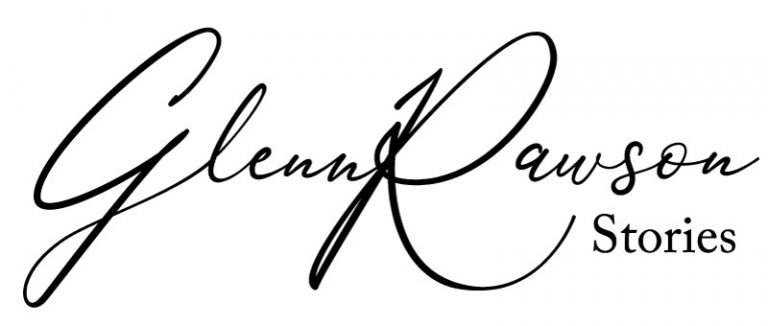
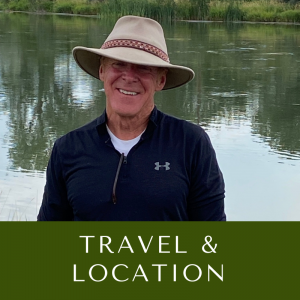
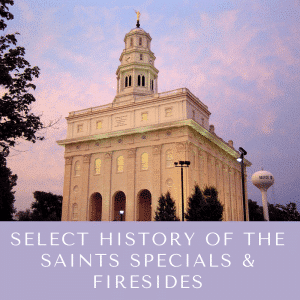


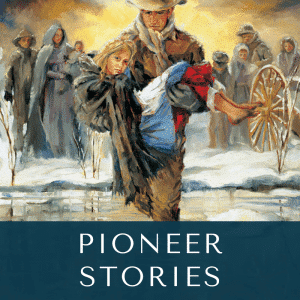

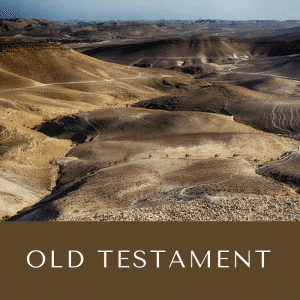


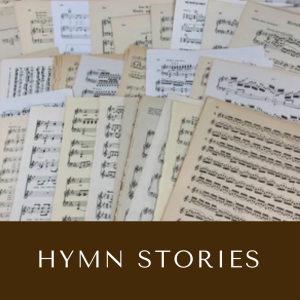


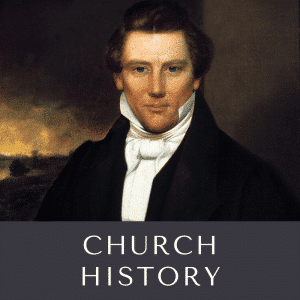
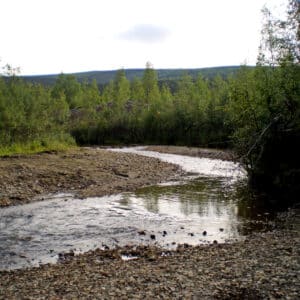

Reviews
There are no reviews yet.